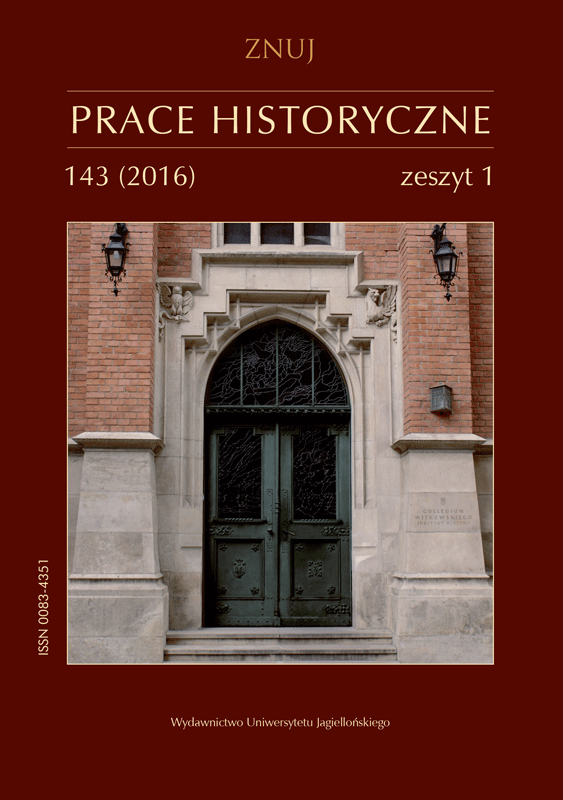Centrality and Parish Churches in the Middle Ages in Regions without Towns of Hungary
Centrality and Parish Churches in the Middle Ages in Regions without Towns of Hungary
Author(s): Katalin ÉderSubject(s): History, Social history, Middle Ages
Published by: Wydawnictwo Uniwersytetu Jagiellońskiego
Keywords: medieval Hungary; medieval urban history; centrality; parish churches; altars; chapels; hospitals
Summary/Abstract: The region analyzed comprised two areas, namely North-Eastern Hungary and Southern Transdanubia, which are considered regions without towns in the medieval town network. Due to the lack of ‘real’ towns, other settlements had to fulfil the urban functions and these settlements might have been market towns. The paper discusses the connection between the parish churches and market towns, examining the number of altars and chapels, the existence of hospitals, the existence of two or more churches, and the differences in area as an important indicator of their centrality. It can be concluded that the churches belonging to Group 1. surpass the rest in all respects; particular settlements that belong to Group 2. might partly be classified in this category. The churches of Group 3. constitute a transitional category between the city and village churches, whilst those of Group 4. share the features of village churches.
Journal: Prace Historyczne
- Issue Year: 143/2016
- Issue No: 1
- Page Range: 13-36
- Page Count: 24
- Language: English

